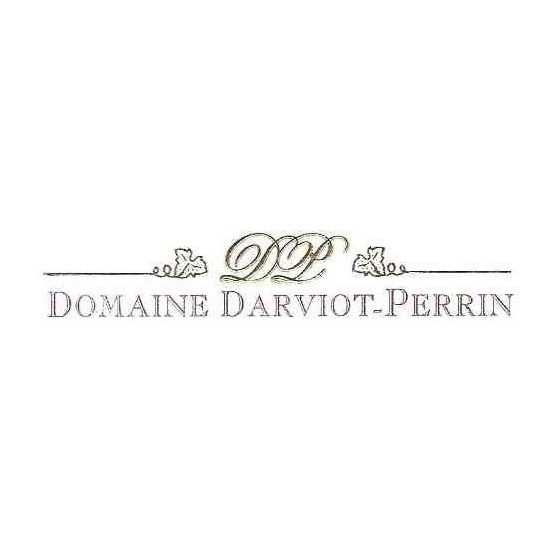
Domaine Darviot-Perrin
The Estate
Didier and daughter Alix Anne Darviot are quintessential vignerons; a tightly knit team that oversees every phase of the wine making process from pruning and plowing to racking the casks and bottling on their own premises. Didier learned the trade from his father-in-law Pierre Perrin who was a legendary figure in the wine making echelons of Meursault and Volnay.
The first commercial bottling was a handful of cases of the 1989 vintage. The estate today spans 11 hectares and is internationally considered one of the finest sources of red & white Burgundy. In 2001, a family succession brought a prime half-hectare plot of 1er Cru Meursault Genèvrieres to round out the range of exquisite Meursault vineyards. The other jewels in the crown are the Blanchots-Dessus 1er Cru in Chassagne – literally under Montrachet and the Volnay Les Blanches and 1er Crus Gigotte and Santenots.
It is an emphasis on the work in the vineyard which makes the difference at Darviot-Perrin. The vineyards are tended virtually organically which is just a small part of making fine Burgundy. The vital element is bringing healthy, ripe grapes to the presses and vats. Vinification is important, but cannot replace impeccable fruit from the vineyard. “Minimal intervention” is the watchword in the cellar, which is naturally cold and moist. Malolactic fermentations frequently take almost a year to complete, enhancing the complexity and quality of the wines.
The Vines
The vineyards of Darviot-Perrin are ploughed and they use organic compost as fertilizer. They use no insecticides or weedkiller, and are dedicated to bringing their wine production as close to “culture biologique” as possible. The average age of the vines is 60 years, with some that are upwards of 90 years old.
The Harvest
The grapes are sorted by hand while still on the vine so that when the harvest is finally transported to the cellar, there is minimal intervention required.
Vinification
For the red wines, the grapes are nearly 100% destemmed, followed by cold maceration lasting 5-6 days. The grapes are crushed with great care, and the winemakers take their time with the fermentation process, keeping the temperature low and the extraction gentle. The cuvaison, or period during fermentation when the wine is in contact with the pomace, lasts 8 days for the Chassagne and 15-17 days for the Volnay.
The white grapes are pressed in whole bunches, undergo debourbage for 24 hours, and then the resulting wine is fermented using indigenous yeasts in barrels at a controlled temperature of 18-20°C.
Aging
For the red wines, they are left to mature in 25% new Nevers oak barrels on the fine lees for 18 months-no racking, fining, or filtration. For the whites, they are aged in 25% new Allier oak barrels for 12 months with one racking and finally 6 months in steel vats; fining but no filtration.
- Country:
- France
- Agricultural Standards: Biodynamic